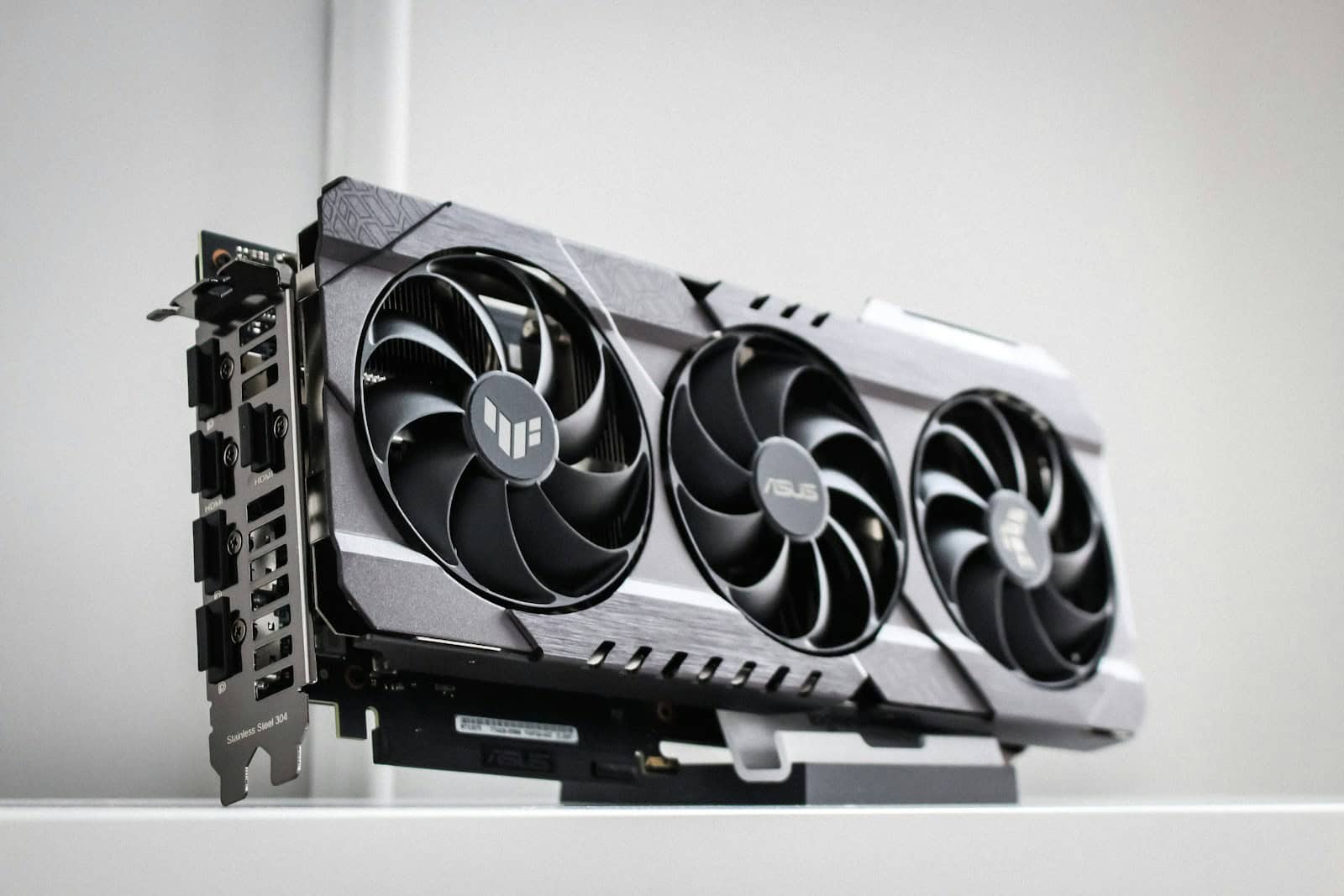Keeping your graphics card cool is crucial for maintaining its performance. Knowing how to monitor your GPU temperature can help you avoid potential problems. Using software tools, you can easily track and manage your GPU’s heat levels.
These tools, such as NVIDIA GeForce Experience or AMD Radeon Software, provide real-time data on your GPU’s temperature. Some third-party options like Open Hardware Monitor also offer comprehensive monitoring features. Regularly checking your GPU temperature helps in preventing overheating, ensuring your system runs smoothly.
Monitoring your GPU temperature isn’t just about safety; it’s also about getting the most out of your hardware. Keeping the temperature in check allows for better performance and longevity of your system.
Key Takeaways
- Monitoring GPU temperature helps maintain performance.
- Software tools provide real-time temperature data.
- Regular checks prevent overheating and extend system life.
Understanding GPU Temperature Monitoring
Monitoring your GPU temperature helps ensure your graphics card performs well and avoids overheating. This section covers the basics, essential tools, and how to read temperature data efficiently.
Basics of GPU Temperature and Its Impact on Performance
A GPU, or graphics processing unit, generates heat during operation. Excessive temperatures can harm performance. Keeping the GPU cool is vital.
High temperatures can cause throttling, where the GPU slows down to prevent damage. Overheating may also shorten the GPU’s lifespan. Regular checks help avoid these issues.
The optimal temperature for most GPUs is between 60°C and 85°C. Temperatures above this range may risk performance. Using proper cooling methods like fans and thermal paste helps maintain safe temperatures.
Essential Tools for GPU Temperature Monitoring
Several tools help in monitoring GPU temperature. MSI Afterburner is one of the most popular options. It allows users to view temperatures, control fan speed, and adjust settings.
For more detailed information, tools like HWInfo and GPU-Z provide data on GPU performance, temperature sensors, and voltages. Open Hardware Monitor offers an in-depth look at system temperatures and hardware status.
These tools can often be used with an in-game overlay for real-time monitoring. This is especially useful during intensive tasks like gaming or overclocking.
How to Read and Interpret Temperature Data
Reading temperature data is straightforward. Tools like HWMonitor display the current temperature along with minimum and maximum values.
In games, an overlay can show real-time GPU load, clock speeds, and temperatures. These metrics help identify if your GPU is running too hot.
Compare the temperatures to the optimal range to decide if action is needed. If temperatures are high, consider increasing fan speed or improving system cooling. Regularly monitoring can prevent significant problems and maintain GPU health.







